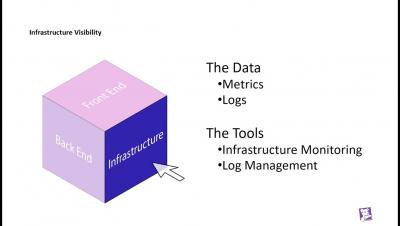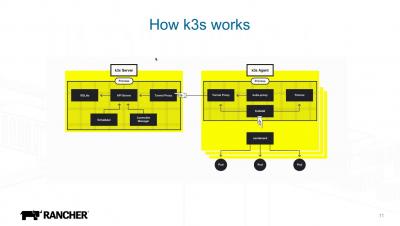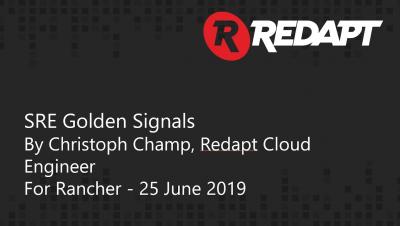Operations | Monitoring | ITSM | DevOps | Cloud
Rancher
Introducing The RanchCast
Back in May we did a soft-launch of The RanchCast. We debuted it as a Twitch stream and produced a couple of episodes that you can now find on The RanchCast YouTube channel. After those episodes aired, I went through the feedback from the community and other streamers. Now we’re ready to re-launch.
Shifting Left -- From Wishes to Workflows
Kubernetes Adoption Driving Rancher Labs Momentum
This week Rancher Labs announced a record 161% year-on-year revenue growth, along with a 52% increase in the number of customers in the first half of 2019. Other highlights from H1’19 included: You can find the complete release here. We are grateful to our community of customers, partners, and users for the growth we achieved in the first half of 2019, and we will continue to gauge Rancher’s success in the larger context of enterprise adoption of Kubernetes.
Kubernetes Master Class: Using Persistent Storage in Kubernetes and Project Longhorn
July 2019 Online Meetup: Understanding Service Mesh and Istio in Rancher
The Three Pillars of Kubernetes Observability
Intro to k3s: Lightweight Kubernetes
Applying Site Reliability Engineering 'Golden Signals' to your Kubernetes Cluster
Announcing Preview Support for Istio
Today we are announcing support for Istio with Rancher 2.3 in Preview mode. Istio, and service mesh generally, has developed a huge amount of excitement in the Kubernetes ecosystem. Istio promises to add fault tolerance, canary rollouts, A/B testing, monitoring and metrics, tracing and observability, and authentication and authorization, eliminating the need for developers to instrument or write specific code to enable these capabilities.










